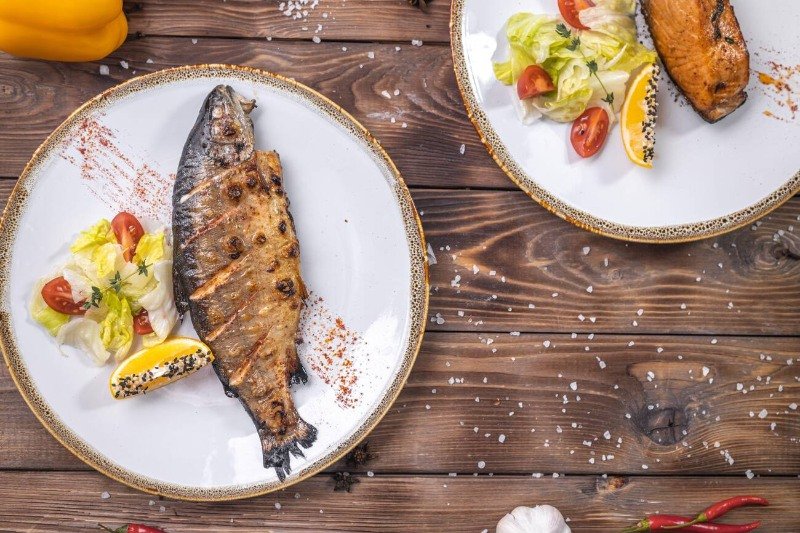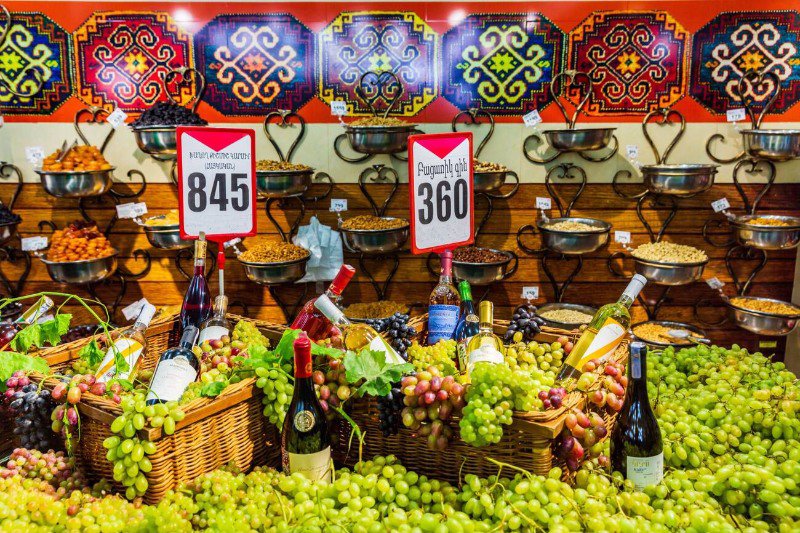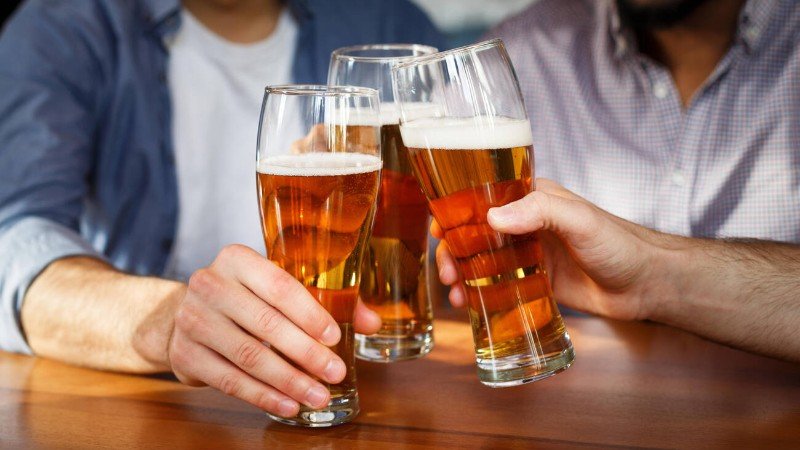Armenia is known for its deep history, mountainous landscapes, and traditional food. While many travelers try khorovats or dolma, fewer explore the distinct taste of Armenian freshwater fish. If you’re a food lover planning a visit, don’t skip the best Armenian fishes that come straight from pristine rivers and Lake Sevan.
This guide highlights the top fish dishes, how they’re traditionally prepared, and the best places to enjoy them for an authentic local experience.
Follow Armenic Tours to learn more about authentic Armenian cuisine, local fish dishes, and the best spots to enjoy them across the country.
Why Armenian Fish is Special
Despite being a landlocked country, Armenia offers exceptional freshwater fish. This is largely thanks to its many rivers and lakes, especially Lake Sevan, which provides clean, mineral-rich waters that produce unique fish species.
Armenian cooks rely on traditional methods, like grilling over open fire, clay baking, and gentle smoking, to preserve the natural flavor of each fish. The result is a cuisine that celebrates simplicity and local freshness.
1. Sevan Trout (Ishkhan)
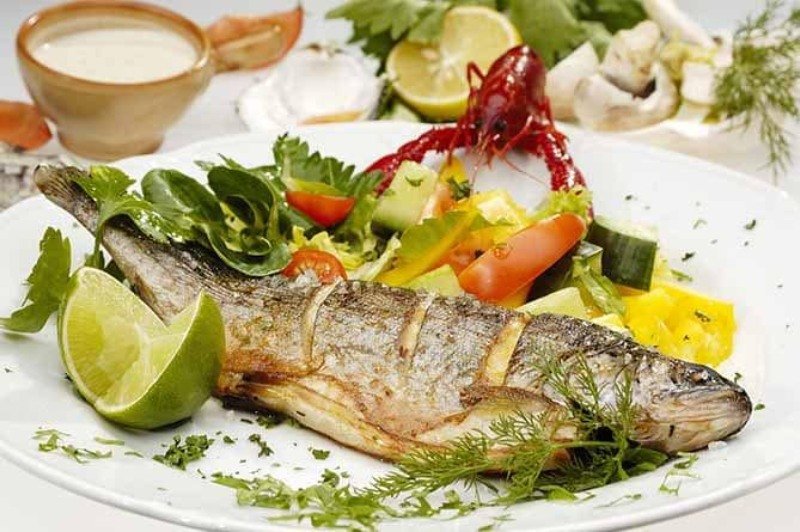
Ishkhan, or Sevan Trout, is Armenia’s most iconic fish. Indigenous to Lake Sevan, this species was once so common it was served at royal banquets and family feasts alike. Its tender flesh and slightly sweet taste make it a favorite among both locals and visitors.
How it’s served:
- Grilled with fresh herbs, garlic, and lemon
- Baked whole, often stuffed with walnuts, onions, and spices
- Lightly smoked, then chilled and thinly sliced
Today, many high-quality restaurants in Sevan and Yerevan feature Ishkhan on their menus. Conservation efforts have helped stabilize its population, so you can enjoy it responsibly.
2. Whitefish (Sig)
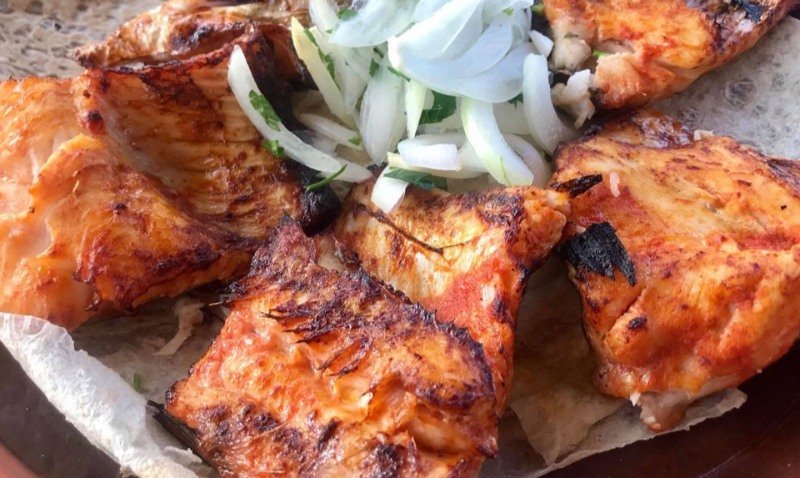
Sig is another prized fish found in Lake Sevan. It has a slightly firmer texture than trout and a more subtle flavor, making it an excellent pairing for Armenia’s herbed side dishes and fresh vegetables.
Popular preparations:
- Smoked and served as cold cuts
- Pan-fried with tarragon and butter
- Pickled and used in appetizers or meze platters
Sig is often offered as an appetizer before grilled meat or wine courses. It’s also popular during Lenten meals, as many Armenians fast from meat but still enjoy fish.
3. River Trout (Forel)
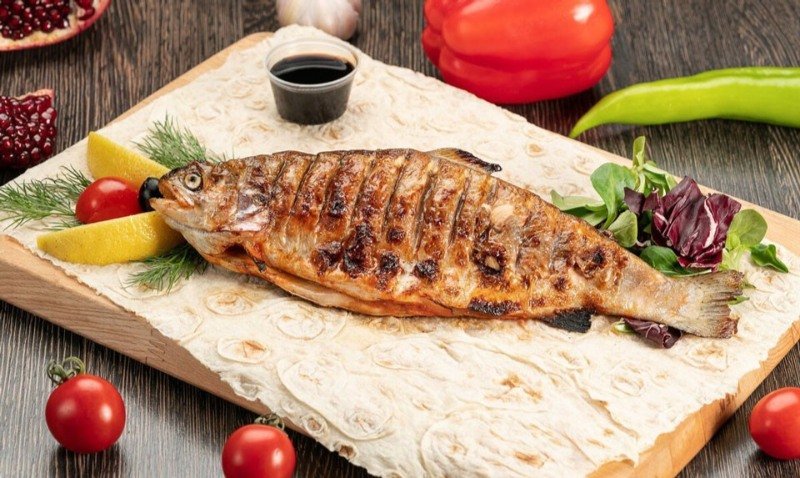
Unlike Ishkhan, Forel is sourced from Armenia’s many rivers, especially in Lori, Tavush, and Syunik regions. It’s often served fresh-caught and cooked right on-site at countryside restaurants or family-run guesthouses.
How it’s commonly prepared:
- Charcoal-grilled, then topped with parsley and lemon
- Marinated in vinegar, garlic, and local herbs
- Pan-seared and served with potatoes or rice
River trout is affordable and widely available, even in smaller villages. Its popularity is due to its clean taste and how well it absorbs marinades. That is why this fish is in the list of best Armenian fishes you have to try!.
4. Carp (Karas)
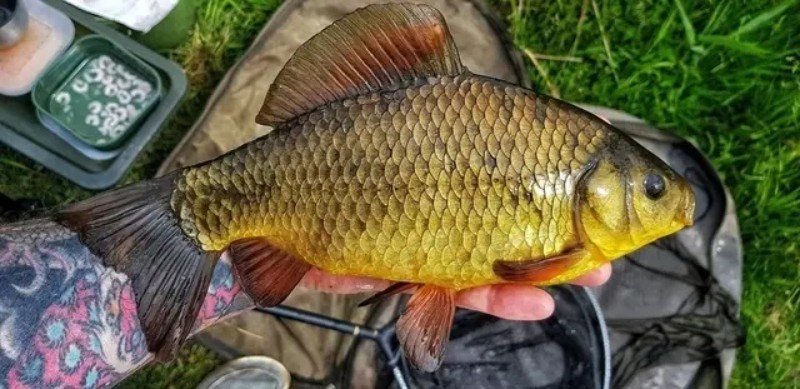
Karas, or carp, is a popular rural dish known for its bold flavor and firm texture. It’s less delicate than trout but offers a rich, satisfying experience when prepared properly.
Ways to enjoy Karas:
- Fried whole, with crispy skin and soft interior
- Stuffed with bulgur, onions, and herbs before baking
- Oven-roasted in traditional Armenian clay ovens
Karas is often eaten during holiday gatherings or family picnics. Because of its dense flesh, it’s a good match with roasted vegetables, lavash bread, or homemade pickles.
5. Koghak (Common Rudd)
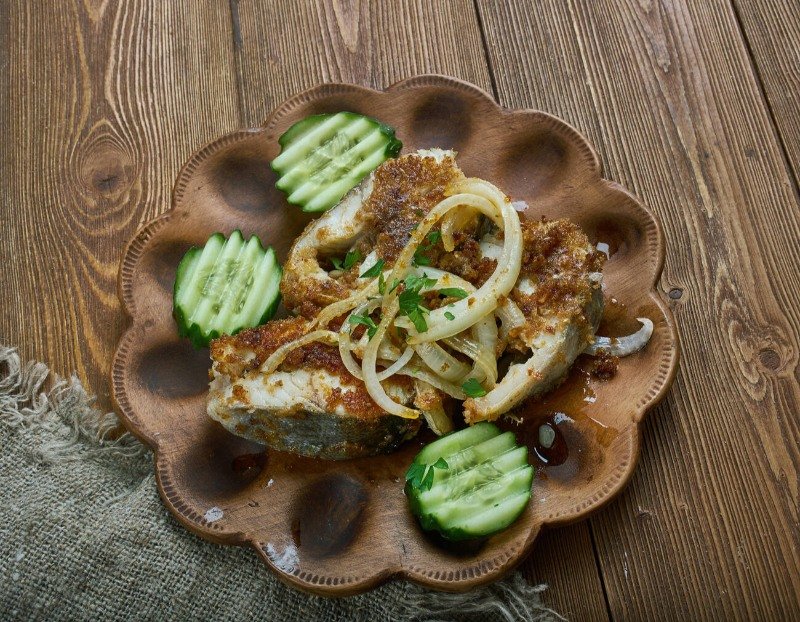
Koghak is a lesser-known but much-loved river fish. Though smaller than the others on this list, it’s prized for its crispy skin and robust taste when fried.
Best served:
- Deep-fried and eaten with lemon and salt
- With pickled greens and onion on the side
- At rural cafés near rivers and fishing spots
You won’t usually find Koghak in upscale restaurants, but it’s a favorite at local taverns and roadside eateries. If you enjoy trying regional specialties, this is a great choice.
Top Places to Eat Armenian Fish
For the ultimate experience to try the best Armenian fishes, choose places that specialize in freshwater catches and local cooking styles. Lakeside restaurants often serve fish caught the same day, grilled over open flames or baked with herbs. In the capital and regional towns, you’ll find taverns and family-run spots offering trout, whitefish, and carp prepared with traditional recipes.
Whether you’re dining in a mountain village or a city restaurant, ask if the fish is locally sourced and fresh-caught. Many menus feature seasonal specials based on daily catches from Lake Sevan or nearby rivers. This ensures you’re getting the most authentic flavor possible during your visit.
Tips for Eating Fish in Armenia
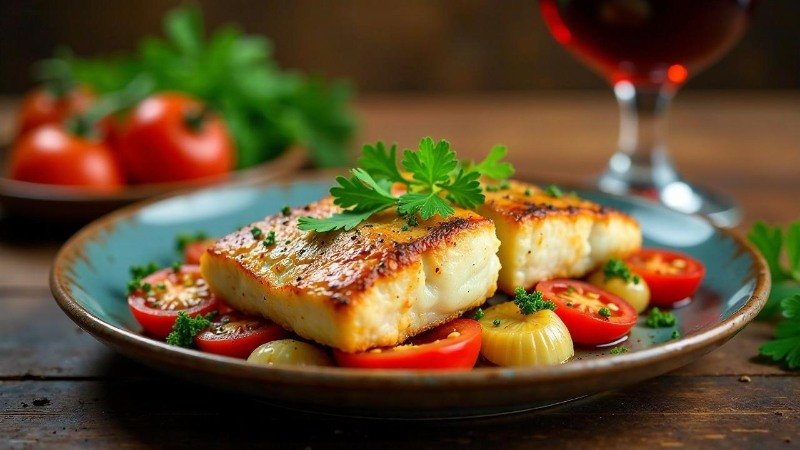
- Ask for local fish: Avoid imported varieties by choosing restaurants that list Sevan or river fish.
- Pair it with wine or tan: Armenia produces quality dry wines that pair beautifully with trout and Sig. Or go traditional with tan, a salted yogurt drink.
- Don’t skip the herbs: Armenian cooking makes great use of parsley, tarragon, and dill—especially in fish dishes.
- Choose mountain regions: Smaller towns near rivers often have the freshest catches and most authentic recipes.
Conclusion
Eating the best Armenian fishes isn’t just about food, it’s a window into Armenia’s deep respect for nature and tradition. From the legendary Sevan Trout to the rural favorite Koghak, each dish tells a story of place, history, and flavor.
Whether you’re dining lakeside or in the heart of Yerevan, these dishes are a must-try. Add them to your travel checklist and discover one of Armenia’s most underrated culinary treasures.
FAQ
What makes Armenian fish dishes unique
Armenian fish dishes use freshwater species, simple herbs, and traditional cooking techniques like grilling and smoking, preserving the natural flavor of the fish.
Is Sevan Trout available year-round
Yes, but it’s best in spring and summer when it's most abundant and freshest, especially near Lake Sevan.
Can vegetarians try Armenian fish dishes during Lent
Many Armenians eat fish instead of meat during Lent. Fish like Sig and Forel are common choices during this period.


